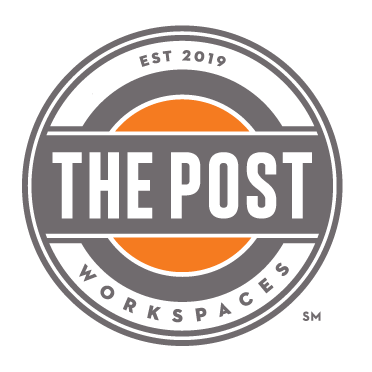
As a small business owner, you need to make every cent count. And as a result, you need to fuel your desire to make ongoing improvements that positively impact your bottom line.
But unfortunately, there’s more to making profit than simply snapping your fingers. It takes strategic planning and dilligent execution.
Here are eight tips for how to do it.
1. Smarter Work Space Strategy

Small businesses today don’t need to waste money on large spaces that not only cost more in rent but also more for general operating costs. Instead, options like coworking spaces can cut down on the amount of workspace you need, and the costs associated with it. If the pandemic has taught us anything, it’s that businesses can function quite efficiently by allowing employees to work from home.
It costs less and also provides a more flexible workplace for staff. As well, coworking memberships make it easier for you to allow staff to work where and when they want.
You can do this in two ways.
First, you can rent a smaller space and then have staff share offices with a remote/onsite rotation. This keeps everyone in touch with the business by coming into work a few days a week while also reducing the square footage required to accommodate everyone at once.
The second is coworking memberships in commercial spaces. In this scenario, your team can work from home, but then access amenities when you need them such as meeting rooms.
2. Flex Space for Clients

Along the same lines as coworking, meeting room rentals allow you to host professional get-togethers, even if you don’t have an actual office. They can be used to meet with clients and suppliers to help maintain a professional image without the burden of an annual lease.
They also have all the amenities you need for professional meetings, so clients feel more confident dealing with you. It’s an excellent option as well if your team all works remotely and you need to hold meetings, or if you have a small workspace and want a place to meet offsite without interruptions.
3. Calculate Your Costs

Small businesses tend to focus on how much they earn without tracking their costs. Because of this, you might greatly underestimate how many sales or clients you need to remain profitable. Understanding your expenses, and how much you need to spend on average for each sale or service offered allows you to understand profit margins.
It’s the relationship between how much you earn, your offering, and where your earnings go. As a result, you make smarter business decisions including who to target to make sales more profitable. You can also track how you and your team spend time so you can eliminate time-wasting tasks.
4. Reduce Low-Value Activities

Tying directly into tip #3, when you calculate costs, you become better at seeing the difference between high-value and low-value activities. Your time should always focus on the tasks that see results, such as sales. Your goal is to increase the number of high-value activities you perform and reduce costly lower-value tasks.
5. Automate

One simple word with so much value. Automation is one of the easiest ways to reduce low-value activities. Automation focuses on essential time-consuming functions that have zero impact on your customers. You free up the time of key players and yourself and everyday tasks are managed through an effective software solution. It is well worth the investment to take those low-value activities and tasks off your plate. Automation also streamlines your data, so everything is paperless, easier to find and more secure.
6. Remain Scalable

Successful small business owners understand the value of their own time and know when it is time to enlist help. It can start off slow with a part-time person, but you have to remain scalable, so you always have the right staff. You need to ensure you remain responsive to your customers while not dropping any balls important to your business operations.
7. Monitor Your Finances

With the right automation tools, you can generate financial reports to help track profits, cash flow, expenses and more. As a result, you become smarter at the decisions you make because you understand where your money comes from, how often, and how to meet your financial obligations.
8. Use Strategic Pricing

It’s easy to undervalue your product or services when you first start out. Unfortunately, this interferes with your ability to grow. When you start off undercharging it becomes very hard to increase prices once your business is established. Strategic pricing considers the costs to produce a product or service, how much you need to cover those costs, and then how much more you need to pay yourself. This is the only way to ensure your business and income are sustainable.
Once you’ve taken into action to grow your profits, you might also want to track small business KPIs to monitor your progress.
To learn more about how flexible office space can benefit your business, get in touch with us or book a tour today. Our team is available to speak with you.

